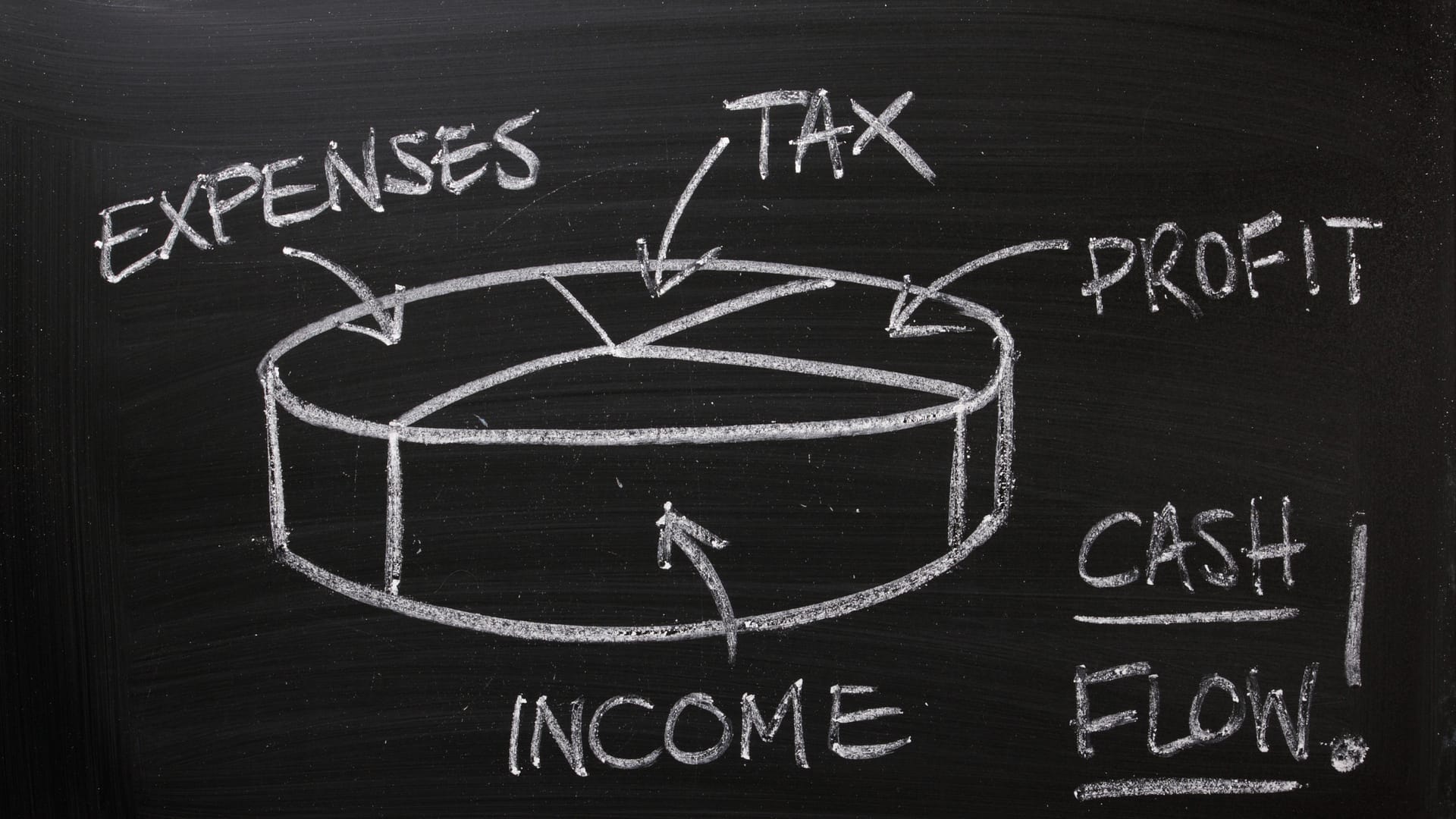Most people assume that if their business is healthy today, it will remain healthy in perpetuity. However, this perspective is not realistic, as you can never take things for granted in the business world. A staggering 30% of small businesses fail because of cash flow problems, which is why entrepreneurs should learn how to predict cash flow performance for the future. Monitoring your cash flow and understanding how to run cash flow projections can play a major role in helping prevent future money troubles for your business.
If you’re new to cash flow forecasting and projections, here is everything that you should know about it.
What Is Cash Flow Forecast/Projection?
Cash flow forecasting and cash flow projections are the same things, as both are methods used for projecting the financial future of a business. Cash flow forecasting helps predict the amount of money that will come into and go out of your small business. The method is used to anticipate the business’s future performance. Cash flow will be the net amount of cash that will transfer in and out of business.
Why Is Cash Flow Forecast/Projection Important?
Most business owners tend to make the mistake of measuring the health of their business by looking at their intellectual property and assets. These things are important when you are selling your business or attracting investors, but they won’t help you predict your business’s future performance. Running regular cash flow forecasting/projections is important as it helps you direct your business towards the future and navigate business problems.
How to Perform a Cash Flow Forecast/Projection
All small business owners should take the time to understand their cash flow. Not only does this help in building a solid cash flow forecasting/projection, but they can identify potential shortfalls and areas of opportunity as well. Here are the steps to perform a monthly, year-long cash flow forecasting/projection.
-
Estimate Your Sales
The first thing you will need to do to create an accurate cash flow projection/forecast is to estimate your sales. Look at your numbers for last year, as they will help you predict the amount of cash coming into your business every month next year. If you don’t have a sales history, you will need to use industry research to create a reasonable sales projection/forecast.
-
Estimate Your Variable and Fixed Expenses
The next step is estimating your variable and fixed expenses every month. Your fixed expenses will remain constant and include employee salaries, rent, insurance, etc. Your variable expenses will change depending on your sales. For instance, your shipping costs may change depending on how many products you are shipping and selling. Your labor, packaging, commissions, and raw materials costs will go up and down with your sales volume.
-
Put It All Together
Once you’ve calculated all the numbers you need, you should put them all together. Start with the cash balance from the previous month’s operations and add the projected receipts from the current month. Then, you should deduct your projected expenses from it. After that, you can calculate your projected/forecasted cash flow for the next month or year.
Conclusion
If you feel overwhelmed when it comes to forecasting/projecting your cash flow, you can acquire the services of a virtual CFO. Most small business owners tend to use outsourced accounting and virtual accounting services to accurately project/forecast their cash flow.







